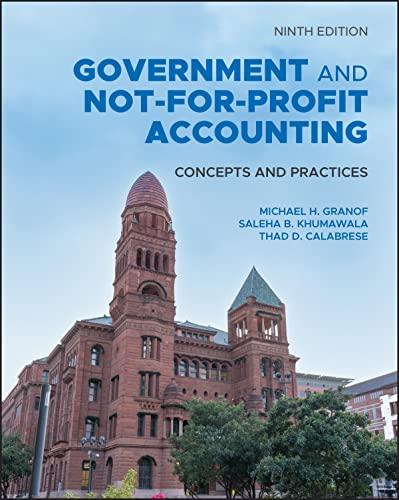BRG Pharmaceutical produces three pills: Blue, Red and Green. Blue is the oldest of their products and has the highest volume of production and sales. Red and Green were introduced a few years ago. Blue is characterized for being more labor intensive than the other two products. However, Red and Green rely on automatized technology that requires a higher investment in production equipment. The cost structure for each product is as follows: direct materials, direct labor and allocated overhead. The company has identified the following three types of overhead: Equipment costs per product (incurred only if the product is manufactured) $100,000 Building costs (allocated based on equipment costs) 90,000 Corporate overhead (allocated based on production volume) 500,000 Total Overhead Costs $690,000 Recently the profit margin per unit on the blue pill dropped below the 10% minimum required by BRG. BRG's management is concerned that the blue pill profit margin will continue to underperform because the product will lose its patent protection in the upcoming year. Management has put together exhibits 1, 2 and 3 to try to understand the impact of the loss of patent protection on the blue pill. Note that the market price on the blue pill is likely to fall below the current price because of the introduction of generic versions of the blue pill by other companies. Exhibit 1: Maket Projection not considering loss of patent protection on bluepill Blue Red Green Volume 1,200,000 300,000 500,000 Price 160 4.00 250 $ Dired Materias per unit Direct Labor per unit Allocated Overhed Cost per unit Total Cost per unit Profit per unit Profit percentage per unit 100 $ 0.25 0.28 1.53 $ 0.07 $ 4% $ $ 200 $ 0.10 0.57 267 $ 133 $ 33% 150 0.05 0.36 1.91 0.59 23% Overhed Costs Equipment Building Corporate Overhed Blue Red Green Tota 20,000 $ 50,000 $ 30,000 $ 100,000 18,000 45,000 27,000 90,000 300,000 75,000 125.000 500,000 338,000 $ 170,000 $ 182,000 $ 690,000 $ Exhibit 2 Drop in volumedueto loss of patent protection on blue Blue Red Volume 800,000 300,000 Price 160 4.00 Green 500,000 250 $ Dired Materias per unit Diret Labor per unit Allocated Overhead Cost per unit Tota Cost per unit 100 $ 0.25 0.36 161 (0.01) - 1% 200 $ 0.10 0.63 273 127 32% 150 0.06 0.43 198 0.52 21% Profit perontageper unit Ovehed Costs Equipment Building Corporate Ovehed Blue Red Green Total 20,000 50,000 30,000 100,000 18,000 45,000 27,000 90,000 250,000 93750 156250 500,000 $ 288,000 $ 188,750 $ 213,250 $ 690,000 Exhibit 3. Elimination of bluepill dueto patent protection Blue Volume Price Red 300,000 4.00 Green 500,000 250 Direct Materias per unit Diret Labor per unit Allocated Ovehed Cost per unit Total Cost per unit 200 $ 0.10 0.98 3.08 0.92 23% 150 0.05 0.75 230 020 8% Profit perontage per unit Blue Overhad Costs Equipment Building Corporate Overhed Red Green Tota 50,000 30,000 80,000 56,250 33,750 90,000 187,500 312,500 500,000 $ 293,750 $ 376250 $ 670,000 Why the changes in the volume and/or the elimination of the blue pill have an effect on the other products profitability? What would you recommend management to do given the information presented in the exhibits? ni











